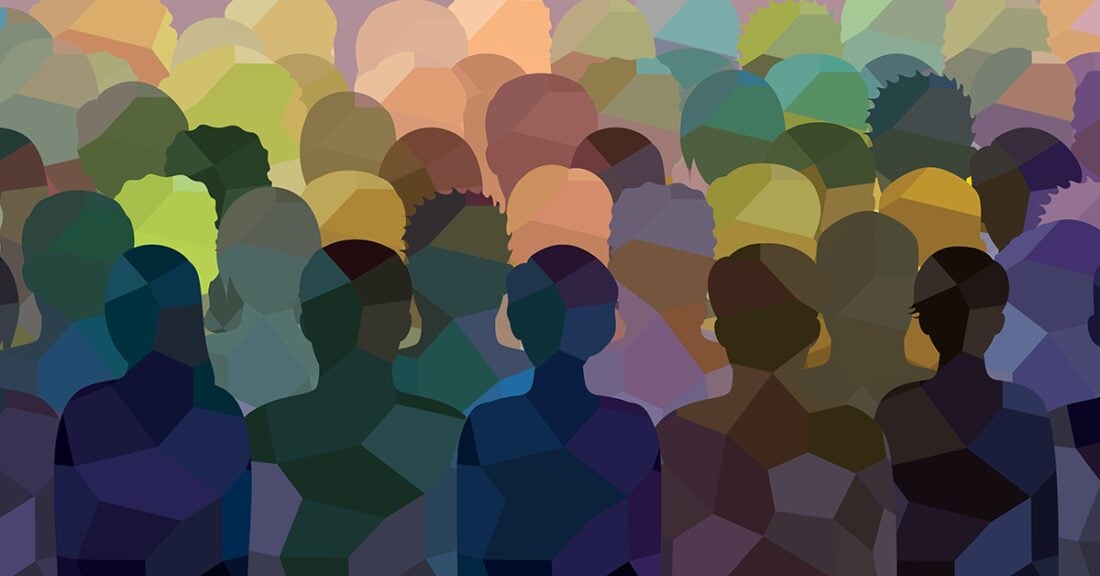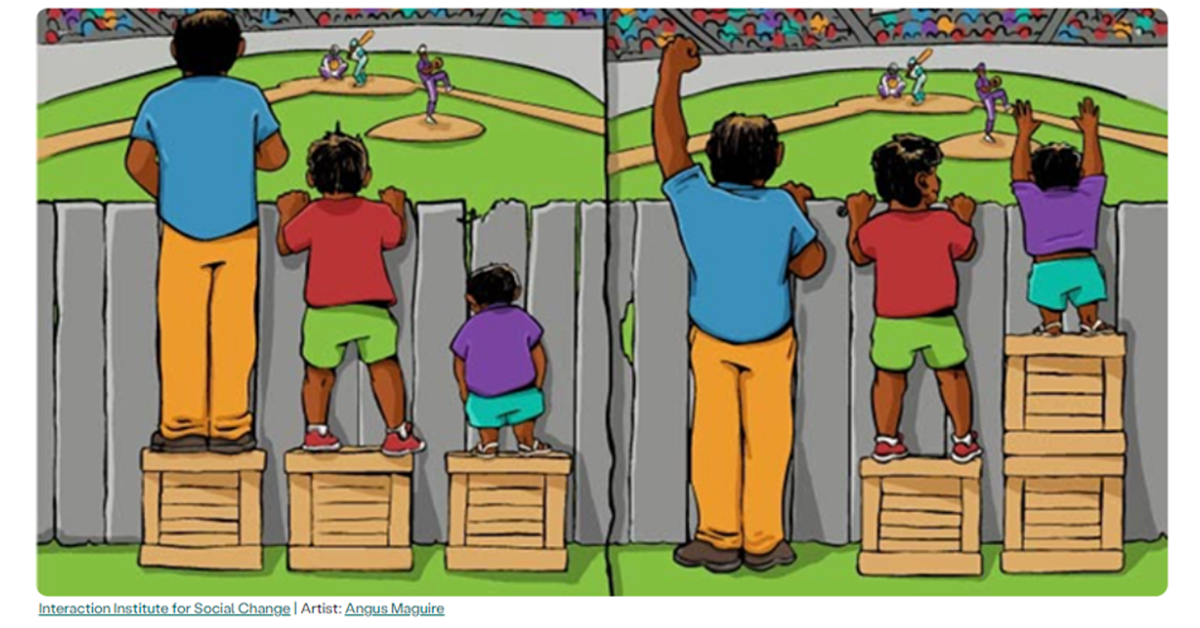What’s the Difference Between Equity and Equality?

Well-meaning people often use the terms “equity” and “equality” interchangeably when discussing matters related to race and social justice. While both terms have to do with “fairness,” there are key differences as the application of one over the other may lead to drastically different outcomes. Equality requires that everyone receives the same resources and opportunities, regardless of circumstances and despite any inherent advantages or disadvantages that apply to certain groups. Equity, on the other hand, considers the specific needs or circumstances of a person or group and provides the types of resources needed to be successful.
Equality assumes that everybody is operating at the same starting point and will face the same circumstances and challenges. Equity recognizes the shortcomings of this “one-size-fits-all” approach and understands that different levels of support must be provided to achieve fairness in outcomes.
A highly circulated image seeks to provide a visual illustration of the differences between equality and equity. The image depicts three people standing behind a fence, watching a baseball game. The three individuals are all different heights, with the tallest of the three being able to see over the fence without any help. The other two are not tall enough to see over. Equality provides each of these people with identical boxes to stand on to peer over the fence. The tallest person, who didn’t need the box in the first place, now stands even higher, continuing to enjoy a perfect view of the game. The second person can now see over the fence, and the third person, even with the help of the box, is still too short to see over.
The image also depicts what equity would look like in this same scenario. In the equity version, the tallest person does not receive a box and is still able to enjoy the game. The second person is given one box to stand on, and the third person is given two boxes to stand on. Now, all three can enjoy the same view of the game.

Equality vs. Equity Examples
Institutions like the nation’s public health and education systems provide some of the starkest examples of equity and equality in action and the vastly different outcomes they affect. While “equality in health care” may sound noble, it is only equity in health care that takes into account social injustices and provides additional resources to the individuals who need them.
Programs in Action: Health Equity in Miami
There are countless examples of inequity and inequality playing out in real life, particularly in the fields of education and health care. Recently the Annie E. Casey Foundation supported efforts to increase health equity in Miami. During the height of the COVID-19 pandemic, a community partner organization — which was a member of the Foundation’s Results Count hub program — considered adopting a vaccine promotion strategy that would direct local residents to CVS pharmacies to receive inoculations. But since the goal was to provide positive health outcomes for all residents, a closer look at this strategy revealed its flaws. There were no CVS pharmacies located in predominantly Black and Latino neighborhoods, and transportation barriers would make it nearly impossible for many of these residents to access the vaccines. With equity in mind, the strategy was completely reimagined, and community partners collaborated on the mobile distribution of vaccines throughout areas with Black and Latino residents.
Programs in Action: Racial Equity in Baltimore Schools
To advance equity in education, Casey supports programs like Baltimore City Public Schools REACH fellowship. REACH, which stands for “Results in Education to Accelerate Change,” is a leadership development program that seeks to bolster racial consciousness and an awareness of systemic inequities. By instilling such a mindset in its participants, REACH equips future leaders with the tools needed to advance equity. A focus on equality — rather than equity — would not call for such a concentrated focus on racial or systemic inequities.
Addressing Inequity: Additional Resources
To advance its mission of strengthening families and ensuring access to opportunity, the Casey Foundation is dedicated to advancing equity in education, public health and all institutions. The Foundation will continue to provide resources and data that highlight equity and equality in action.
- Incorporating Equity Into Rapid-Cycle Learning
- Embedding Equity Into Large-Scale Infrastructure Projects
- Advancing Equity in Evaluation Policy
- Race Equity and Inclusion Action Guide
- Operationalizing Equity
- Building Equity By Supporting the Whole Student
- Equity Conversation Guides for Young Leaders and Partners
- Equity, Inclusion and Other Racial Justice Definitions





